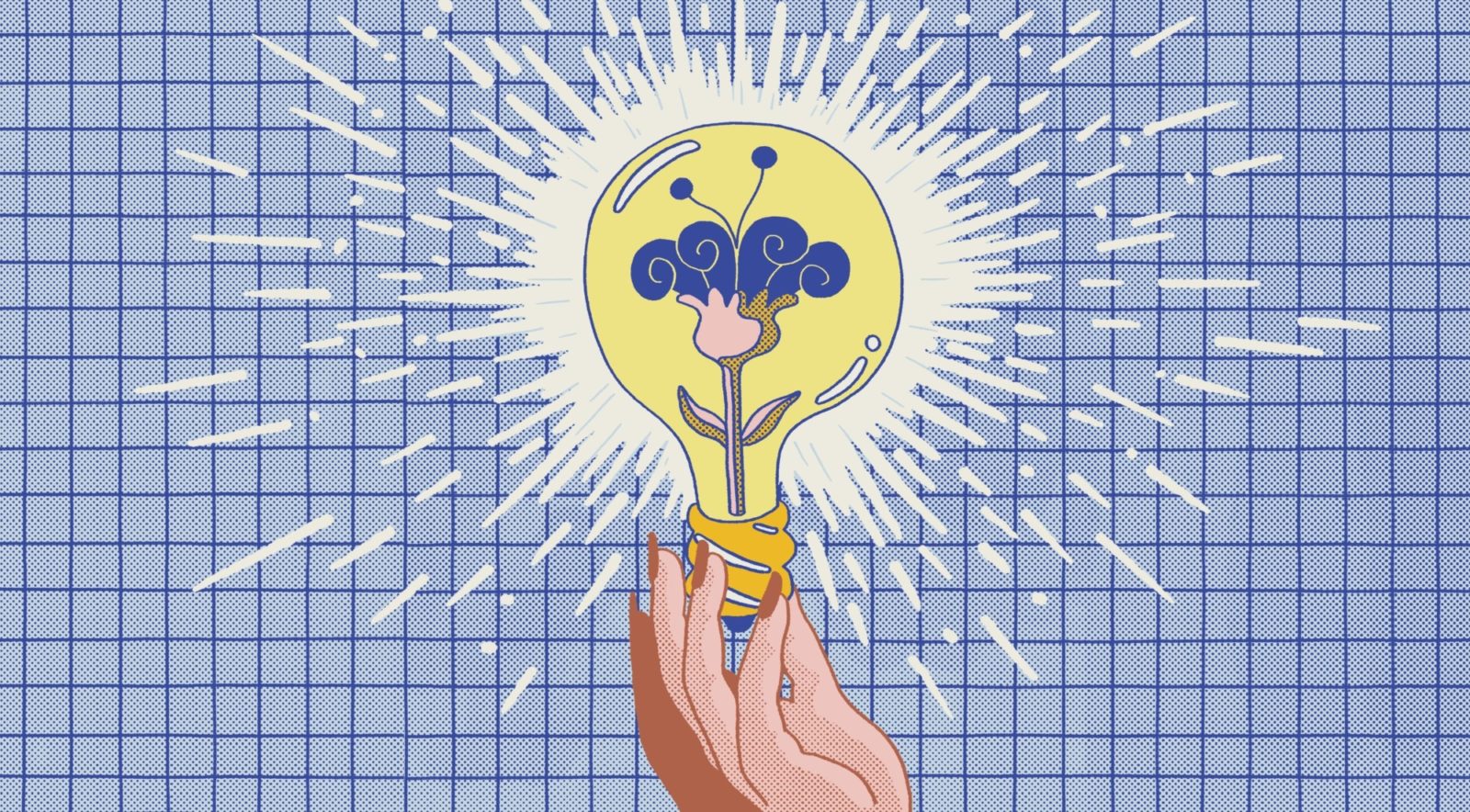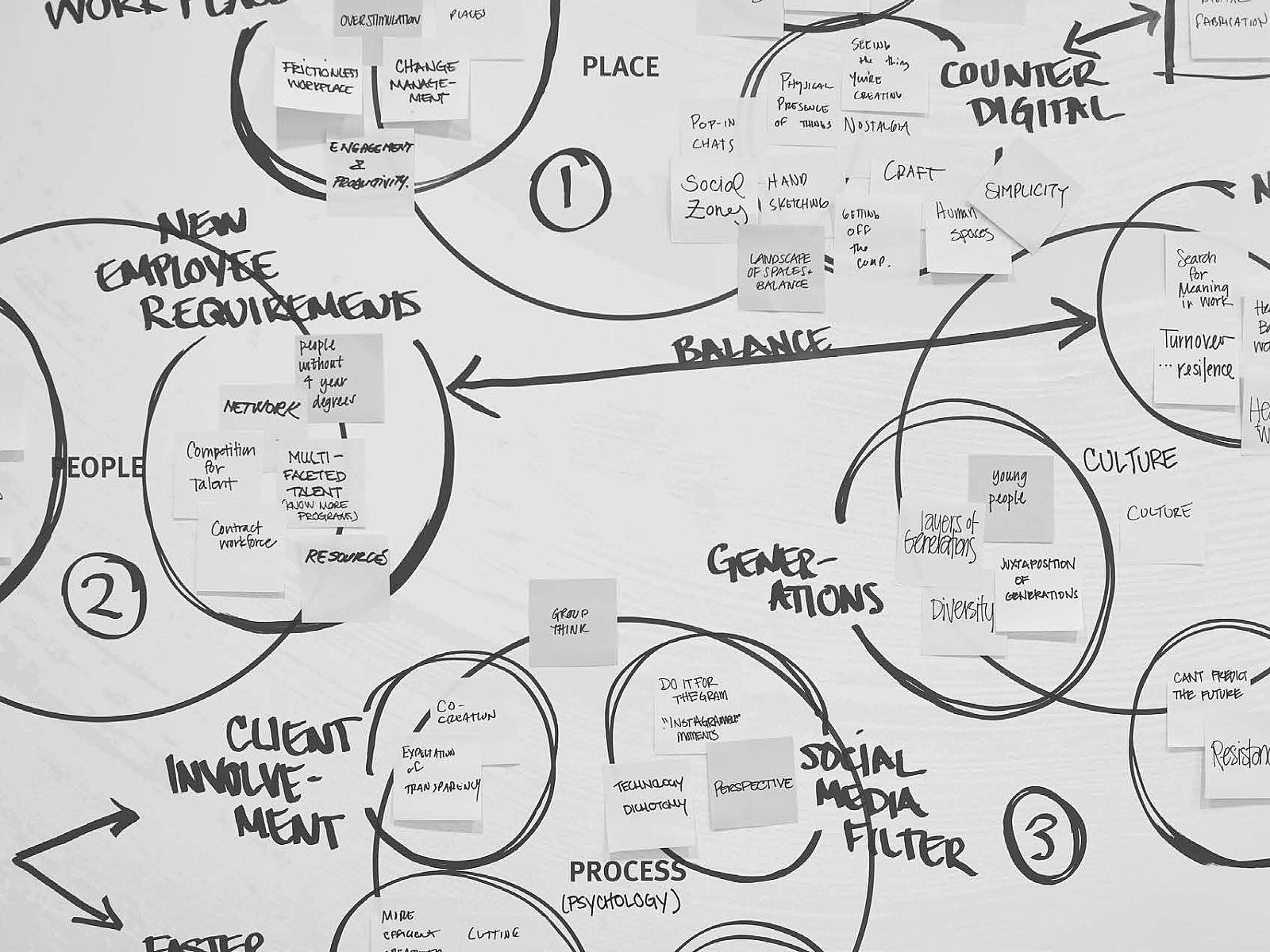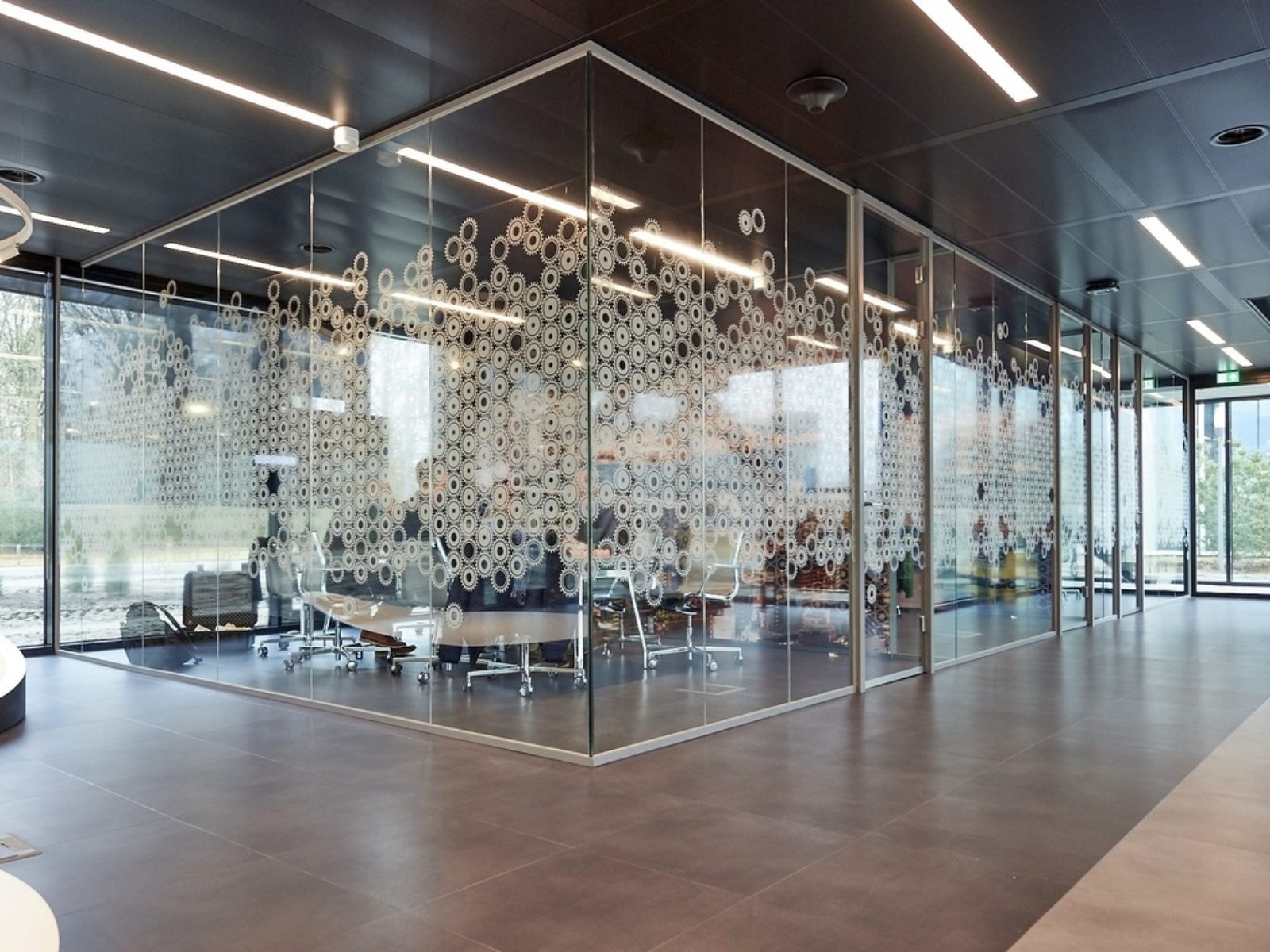Future State
At the dawn of a new decade we ask how will people work differently in the future?

Herman Miller’s Future State program, first started in 2018, began out of a desire to better understand the challenges facing the Architecture and Design community. They wanted to find a way cultivate a dialogue with the world’s top design practitioners to hear, direct from the source, what they felt the world of design and it’s practitioners might look like in 5, 10, or even 20 years from now.

Last year, the second year of the Future State program, Herman Miller visited four cities, including Detroit, and engaged with over 80 designers at workshops designed to surface hundreds of ideas, hunches, and predictions of what’s in store for the future of work. The ideas generated in those four workshops were whittled down to the seven predictions in this year’s Future State Folio. These insights will guide us through 2020 and beyond.
Our hope is that the ideas presented over the next few weeks serve two purposes. One, to act as a time capsule – preserving our hopes, dreams, fear, and anxieties for what the far (or near) future may hold. And two, to provide a jumping off point for additional conversation with the design and business community at large.

While it’s likely that people will always value a paycheck and meaningful work, our wants and desires for the ideal work experience will evolve with changes in technology and the world.
This year’s Future State participants were presented with a framework for their conversations so that when it came time to synthesize these findings into snackable insights, they fit into a simple but meaningful system of thought. The same Herman Miller framework of People, Process, and Place that serves as the platform for company knowledge and insights was also applied to the Future State program.

Since Future State is an attempt to predict the future, an additional category was added to the framework: The Unknown. Future Stater participants were asked to think: In the future, what other factors will affect work and workplaces?
Over the next few weeks, we’ll review, explore, and discuss their answers across the three categories of People, Process, and Place.















